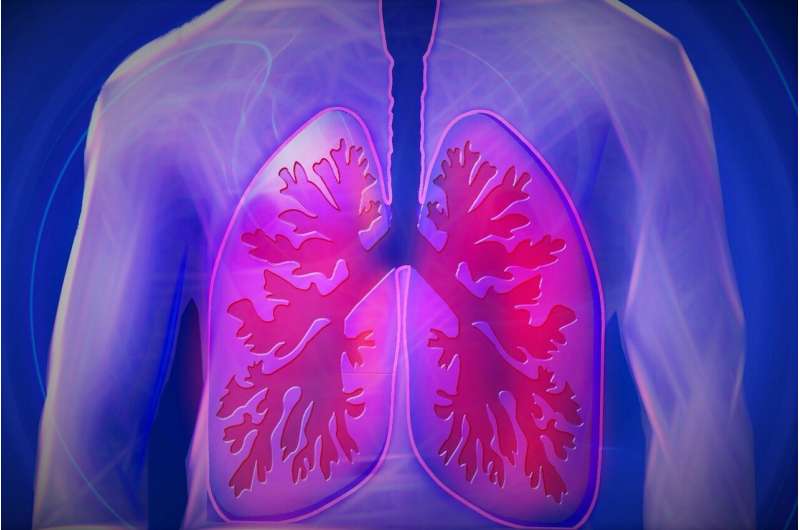Credit: CC0 Public Domain
A new study by De, Agrawal, Morrone et al, chal-lenges the common notion that airway inflammation in Sickle Cell Disease (SCD) is secondary to asthma, even though the two disorders often coexist. In a recent pilot, cross sectional study, both systemic and airway inflammatory markers were compared in patients with sickle cell disease with and without asthma or obstructive airway symptoms. Their findings suggest that monocytes may play an important role in pulmonary inflammation in SCD. They propose that additional studies looking into the underlying mechanisms of pulmonary inflammation in SCD may help researchers to develop more targeted therapies for these patients. These findings are published in Pediatric Allergy, Immunology, and Pulmonology.
The article entitled "Airway Inflammation and Lung Function in Sickle Cell Disease" was coauthored by Aliva De, MD, Columbia University Medical Center, Vagelos College of Physicians and Surgeons, New York, NY and colleagues from The Children's Hospital at Montefiore, Albert Einstein College of Medicine, Bronx, NY.
Pediatric Allergy, Immunology, and Pulmonology Editor-in-Chief Mary Cataletto, MD, Professor of Clinical Pediatrics, Stony Brook University School of Medicine, reminds us that sickle cell disease affects millions of people throughout the world with significant respiratory morbidity. Studies have shown between 15% and 28% of children with SCD suffer from asthma symptoms while at least 55% demonstrate airway hyperreactivity without a diagnosis of asthma. Interest in comorbid asthma with SCD has been increasing as it has been linked to outcomes. A better understanding of the underlying cause of pulmonary inflammation in SCD could generate new targets for treatment.
More information: Aliva De et al, Airway Inflammation and Lung Function in Sickle Cell Disease, Pediatric Allergy, Immunology, and Pulmonology (2019). DOI: 10.1089/ped.2019.1014
Provided by Mary Ann Liebert, Inc























